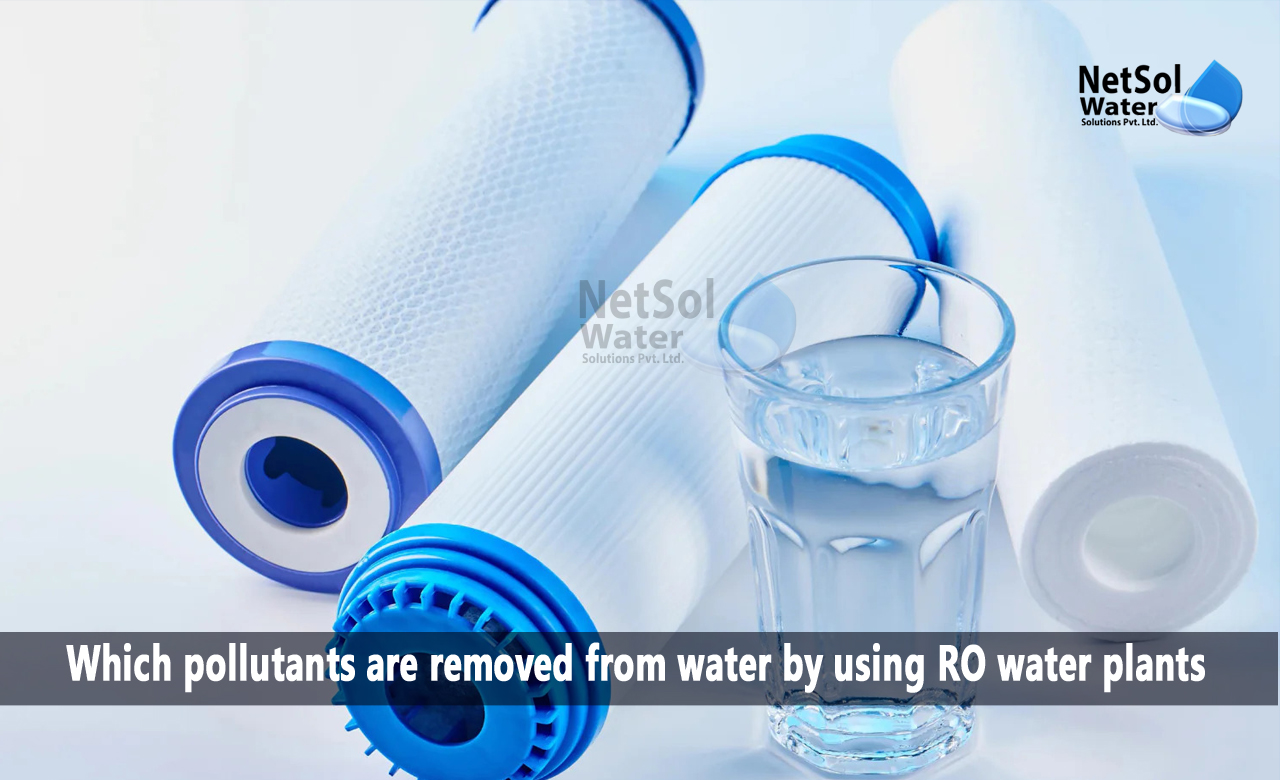The process of reverse osmosis, or RO as it is frequently referred to, is one of the most popular and efficient techniques to filter water. When water is purified with RO, even the smallest impurities are eliminated, and high TDS (salty-tasting) water is transformed into sweet-tasting potable water.
Although, utilizing RO plant has many benefits, there have recently been some worries that the technique removes important minerals from drinking water.
You might have access to several water sources depending on where you are. Rainwater is less mineralized and salinized than groundwater, which can occasionally be too mineralized and varies by region. Or, to put it another way, different minerals might be present in your groundwater. Although, some of these minerals are beneficial to your health, others could be harmful.
Which pollutants are removed by RO water filters?
A number of contaminants can be successfully removed from water with RO plants, but which contaminants they remove depends on the filter you select. There isn't a water filter that can remove every single contaminant from water, but you may build a filtering system that only provides you with clean, fresh water by combining different water purifying treatment methods.
Physical filtration or chemical filtration, are the two main ways that water filters work. Most filters combine these two methods in an "active" filter, which alters the contaminant in some way before physically filtering it out of the water. You may essentially remove everything from your water, by combining several filter types with one or more different treatment methods.
Now, let’s review the pollutants removed from water using RO plants and its various combinations.
· Gets rid of hard water
Strictly speaking, a water softener would be needed to remove hardness from water. The calcium and magnesium hardness minerals are exchanged for sodium ions by a water softener, as opposed to being filtered out. This softens your water and gets rid of the lime-scale and other issues.
· TDS, sand, silt, and sediment removal
It can clean water of dirt, silt, sand, and sediments. Sediment filters are present in most types of water treatment systems, because large particles can easily harm more delicate water treatment equipment, such as reverse osmosis membranes. Both backwashing filters and cartridge filters work in the same way, to remove sediment from water.
Water passes through the filter and a filtering media, such as sand or pleated polyester, before it exits the filter. The larger silt particles become stuck inside the filter because they cannot travel through it. On the other side, the water that is received is purer.
· UV and RO filters
The majority of the time, an active or chemical filter is needed to get rid of contaminants and ions, which have dissolved in your water. When exposed to untreated water, the sediment filtering medium has been altered in some way, to cause a change in some contaminants.
Once they have been replaced, the filter may physically catch and hold pollutants, removing them from the water supply. Each type of active filter, including granular activated carbon, char, and ion exchange, is best for a particular water problem.
· Getting rid of chloramines and chlorine
Chlorine is the pollutant that customers most frequently seek water filters to get rid of. Many municipal water treatment systems use chlorine and the related substance chloramine as disinfectants, to eliminate bacteria and other pathogens. Despite the fact that these substances are typically efficient disinfectants, they could persist in the water supply.
Chlorine can make water taste and smell bad, and in some people, it can irritate their skin. Chloramine behaves similarly in water and can be harmful to fish and other marine life. Several kinds of carbon water filters remove these disinfectants from the water.
· Eliminate chemicals and pesticides
Due to its effectiveness in eliminating organic molecules, a RO filter is one of the best water filters for removing pesticides and other impurities. These filters attract and hold a lot of pesticides, as well as volatile organic compounds (VOCs), arsenic, silt, etc.
Conclusion
Only Reverse Osmosis water filtration technology can rid your drinking water of dangerous contaminants, including poisonous heavy metals and substances like arsenic, lead, and aluminium, among others. These dangerous substances have been connected to numerous serious health issues, such as brain damage, seizures, nausea, and reproductive issues.
In order to provide its consumers with RO water that is completely safe to drink, Netsol Water goes above and beyond. Key minerals like calcium and magnesium can be replenished in RO filtered water, by a mineral cartridge. To guarantee you get the most out of your equipment, we also offer installation, training, commissioning, and support. For further information or to make a product purchase, contact us at +91-9650608473 or drop a mail at enquiry@netsolwater.com



